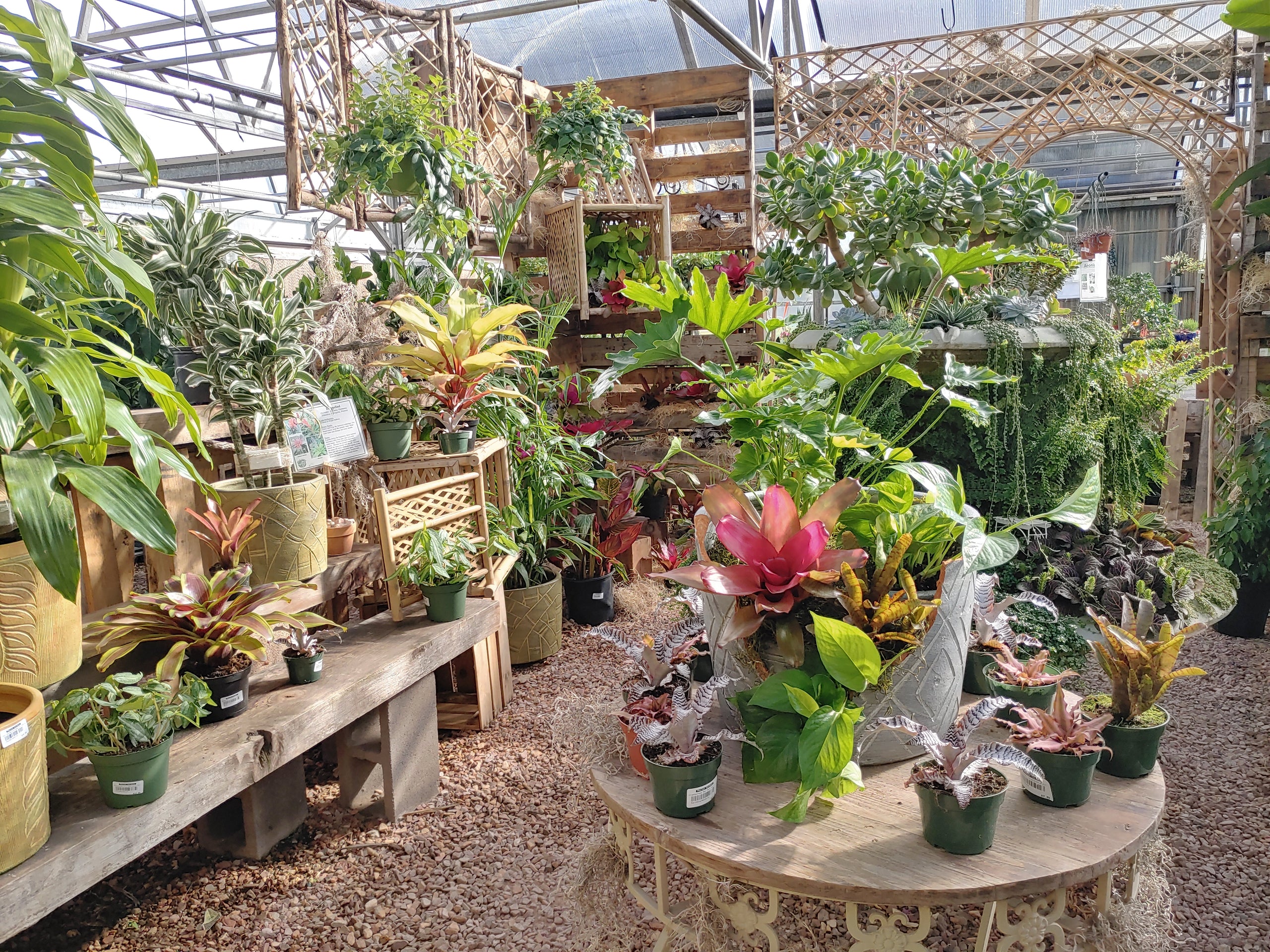Fungus Gnats...Those Aren't Fruit Flies!

If you’ve had houseplants for any length of time, you’ve probably had fungus gnats at some point. They look like tiny black fruit flies in and around your houseplants.
Fungus Gnat Life Cycle
Fungus gnats feed on fungi or organic matter in the soil. The adult gnat lives for about a week, laying up to 200 eggs in moist soil. Eggs hatch after a few days into larvae, which spend the next few weeks feeding on the fungi. Larvae develop into pupa, and finally into the winged creature that demands a call to Phelan Gardens for answers.
So how might you rid yourself of these pests? Here are a few suggestions:
Yellow Sticky Traps:
Small infestations can be detected & controlled using monitor cards-small, yellow sticky traps that capture the flying adult and interrupt the life cycle. They are a great way to determine if one plant in particular is heavily infested. If so, move this plant away from your other pots until you get the problem under control.
Change Your Watering Habits
Often, we get more calls about fungus gnat problems during the winter months. Houseplants typically don’t drink as much during this time of year, so adjust your watering accordingly so that your plant is not continually wet. If you have the type of plant that can go drier between drinks, then do so. Provide a thorough drink for your plants, but allow them to achieve a slight wilt before the next drink. Also, make sure that the plant tray underneath the pot does not continually contain standing water.
Use Sterile Soil
Fungus—the food fungus gnats are seeking— grows on decomposing organic matter. So, if your potting soil contains a lot of wood pieces or bark, you are more likely to have problems with gnats. We recommend peat-based Ferti-lome Ultimate Potting Mix as a sterile soil that can be used as a base (with perlite added if needed) for most tropical houseplants.
If you have used sterile soil and develop fungus gnats from overwatering or from a plant brought indoors during Winter--in many cases, you can simply remove the top 1” of soil from containers (where the majority of fungus gnat eggs/larvae reside), and replace with fresh sterile potting soil.
However, if you initially potted your plants in non-sterile soil with lots of wood chips, it may be necessary to replace all of the soil to eliminate the gnat’s food source as the worms may be distributed throughout your entire root ball.
Natural Helpers
If you have bright direct indoor light, you might consider enlisting the help of a carnivorous plant. Sundews aka Octopus Plants (Drosera) are wonderful at catching fungus gnats. This is a natural solution for people who grow indoor herbs to avoid having to use something stronger. They work as a living sticky trap. It is a win-win for them since the fungus gnats feed this type of plant.
Consider A Pesticide
For larger infestations, you can use a pesticide that contains BTi (bacillus thurengiensis var. israelensis) such as “Mosquito Bits.” BTi is a biological pesticide that controls gnats by destroying the larvae (worm stage). Once the worms are controlled, they cannot develop into the flying gnats.
Employ some of these tactics and you will soon win the war on fungus gnats.

